Testing Your Goat Herd for Diseases
Testing is a way of keeping track of your herd’s health and ensuring that you are doing a good job with your biosecurity practices. It can be easy to infect a herd which is why so many keep closed herds and so few offer the option to rent out their bucks anymore.
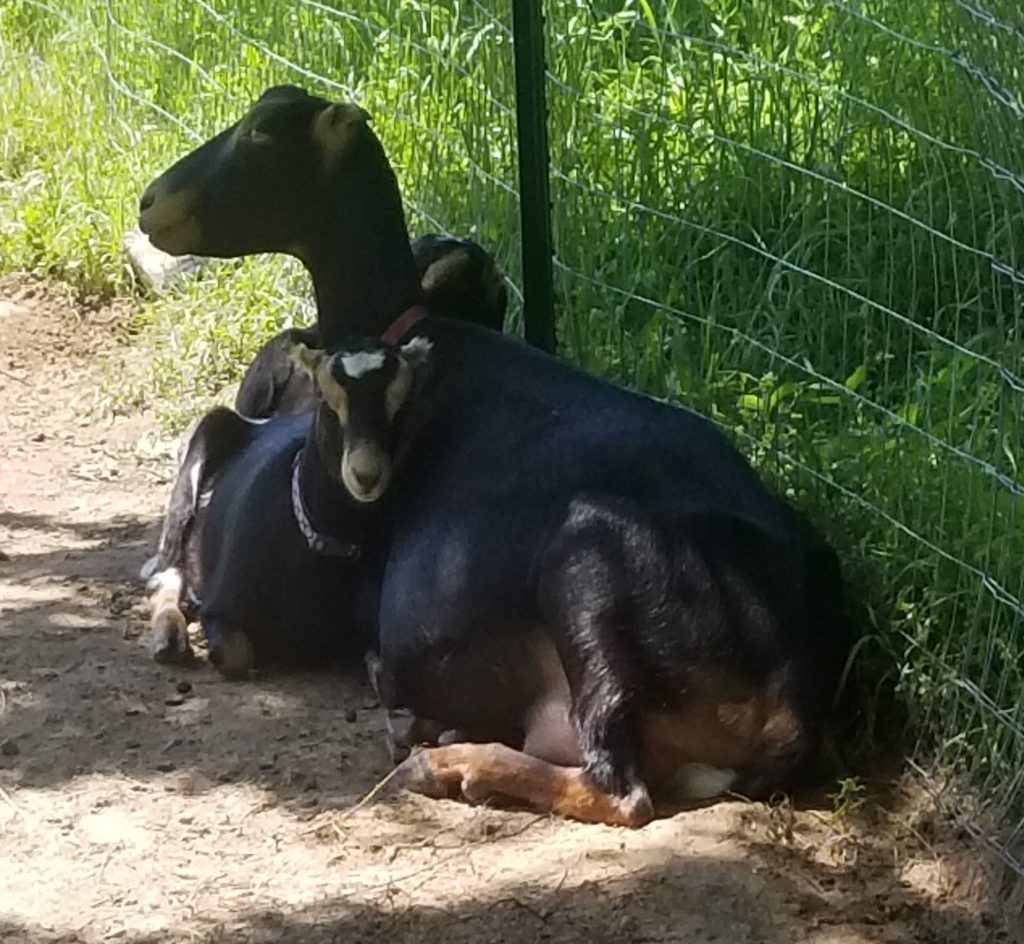
However, just keeping a closed herd is not enough, in my opinion. There are many ways to bring diseases into your farm without your animals leaving or introducing any new animals. You could bring something back on your shoes after visiting another farm or going to an auction. Wild animals could bring diseases to your farm. Some diseases stay in the soil for a long time and could have been left from previous animals.
Why You Should Test
I have chatted with many people who keep closed herds and say that they buy from people who test or from reputable farms. Some say that they don’t test because of those reasons or because their vet said testing wasn’t necessary because there is a chance of false positives, and the area or state has been declared clear of these diseases.
I personally don’t understand that reasoning because if you only buy from someone who tests, how do you expect someone to buy from you if you don’t? How do you know that an area is truly clear of a disease if no one tests for it anymore?
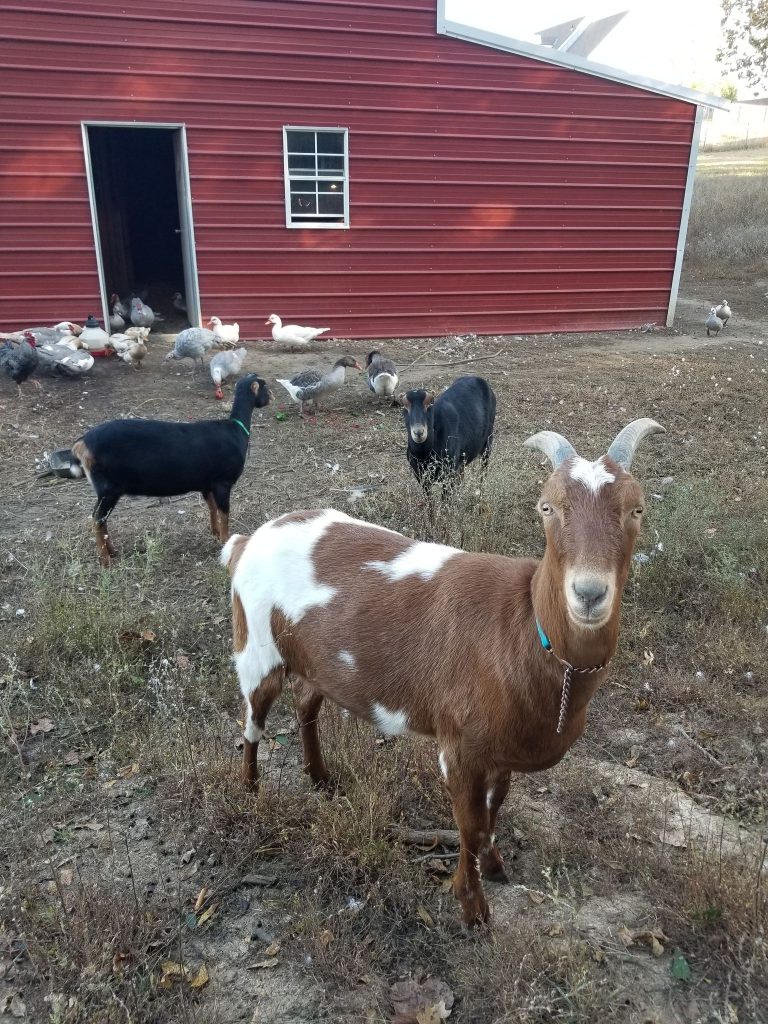
Many registered goats get transported across the country because people value their known bloodlines. What if you move to another area? Lots of people go to shows, fairs, and auctions. Who is to say that you yourself won’t accidentally track home traces of these diseases and infect your herd without them ever leaving your property?
Sample Testing Your Herd
For those who have large herds testing all your animals may be cost prohibitive. If you have been testing all along, you have the option of testing just a small percentage. If that sampling comes back negative then you are good and if they are positive then you can do a broader testing.
False Positives and Negatives
Unfortunately, false positives and negatives can happen. Most of the time you won’t realize that you have a false negative but a false positive will immediately catch your attention.
If you don’t test regularly or stay on top of your farm’s biosecurity, then it is more likely that the positive is not false. On the other hand, with yearly testing you will have a history to look at which can tell you that it is highly likely that you got a false positive.
Of course, you won’t know for sure if the positive on your test is truly false unless you retest that animal. This can be irritating because more tests mean more money. However, no one ever said having animals was cheap and testing is a sign of responsible farmer.
Price – Vet vs Do It Yourself
The reason most people don’t test their herd comes down to cost. Most people new to goats will go to their vet to get their goats tested. However, that is the most expensive option. Going through a Vet is going to cost up to $100, and possibly more, per animal being tested.
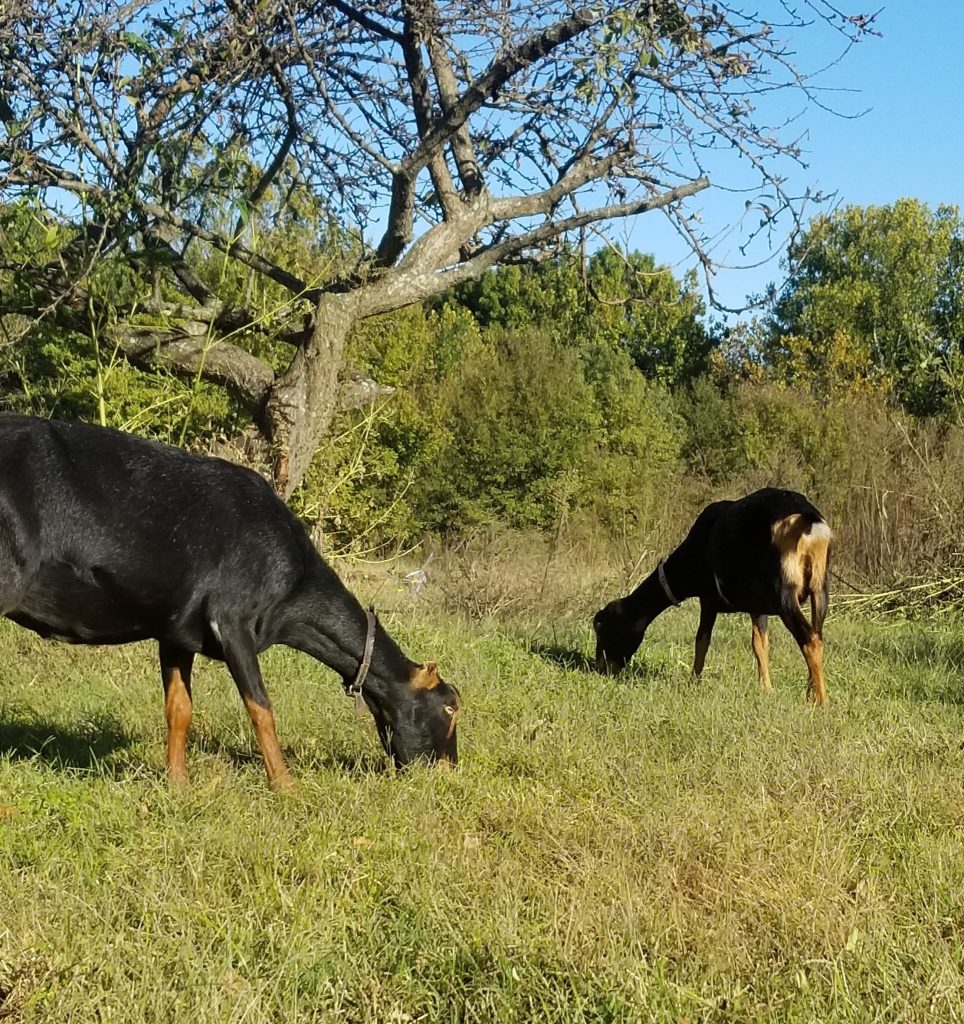
It is much less expensive, though more daunting, to draw the blood yourself and send the sample in to be tested at a lab of your choosing. There are plenty of YouTube walkthroughs for doing so if that is your choice. I do my own blood drawing – it does get easier with practice. In my experience, drawing the blood yourself to send to the lab costs between $35 and $50 per animal. It is very simple to pack up and send the blood.
Common Diseases
There are 3 main diseases you need to know if you plan to keep and sell goats. These diseases are:
- CAE – also known as small ruminant lentiviruses (SRLV). SRLV is a group of closely related viruses which can cause chronic disease in multiple organ systems, including pneumonia, arthritis, encephalitis, and mastitis.
- CL – a bacterial infection caused by Corynebacterium pseudotuberculosis resulting in superficial or internal abscesses and recurrent development of abscesses.
- Johne’s Disease – caused by a bacterium called Mycobacterium avium subspecies paratuberculosis which leads to rapid weight loss and diarrhea.
Milk Specific Diseases
If you have dairy goats and plan to drink or sell raw milk, then you will also need to test for these two diseases. Both can be passed to humans and, while they can be eliminated with pasteurization, but it is still important to test for and in some states legally required.
- Q Fever – a bacterium called Coxiella burnetii which can cause abortion in goats and sheep. This disease can be transmitted to humans, where it can also cause abortions or even death.
- Brucella – usually in goats it is a bacterial infection known as B. melitensis which can cause abortion, infertility, and sterility. This disease can be transmitted to humans.
Recommended Labs
These are the 2 labs that were highly recommended to me when I decided that I was going to test my herd myself. I go to Sage Ag Labs for the Red Top Blood tubes because they sell smaller sets perfect for my needs and I use WADDL for the testing because of the ease of shipping.
I will say that the Blood Collection pack I usually get comes with an odd, hard to use needle that I don’t use. I prefer to pick up needles for both drawing blood and giving vaccines at my local feed store.
- Offers a Small Ruminant Biosecurity Screen that includes CAE, CL, and Johne’s Disease testing
- Also offers additional tests for Q Fever and Brucella
- Fully Online
- Offers a prepaid shipping label to make shipping easier (shipping price added to invoice)
- Sells Blood Collection Supplies (Red Top Blood Tubes)
- Has a Biosecurity Panel that includes CAE, CL, Johne’s Disease and Q Fever
- Does not offer Brucella testing
- Cheaper than WADDL
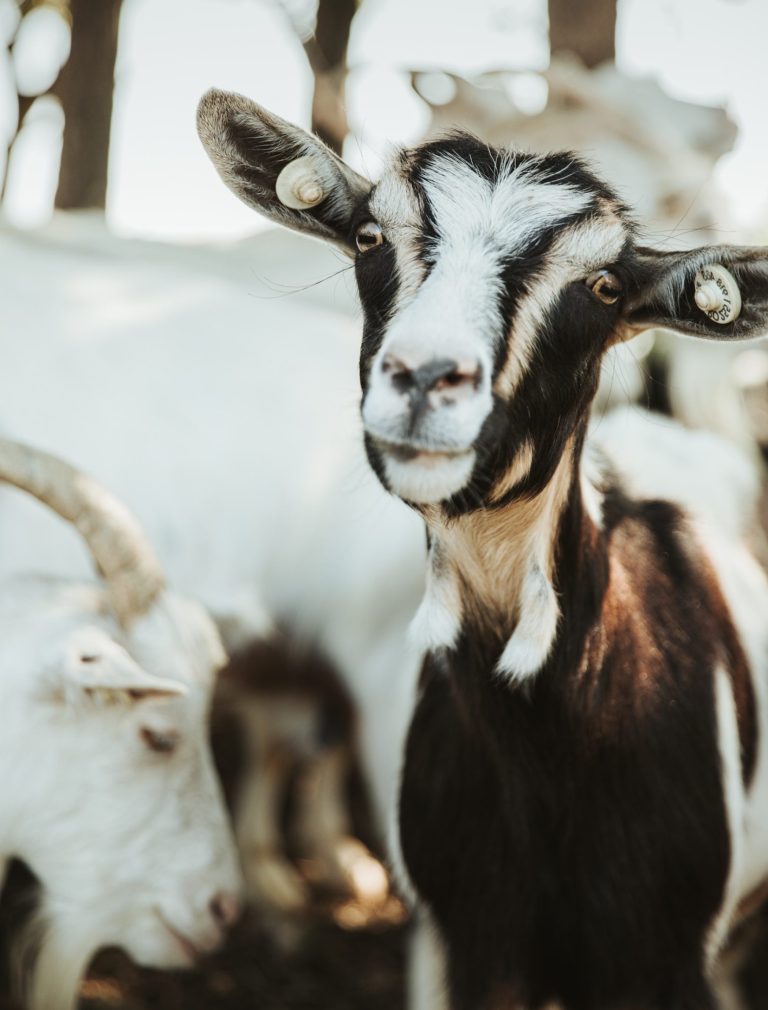
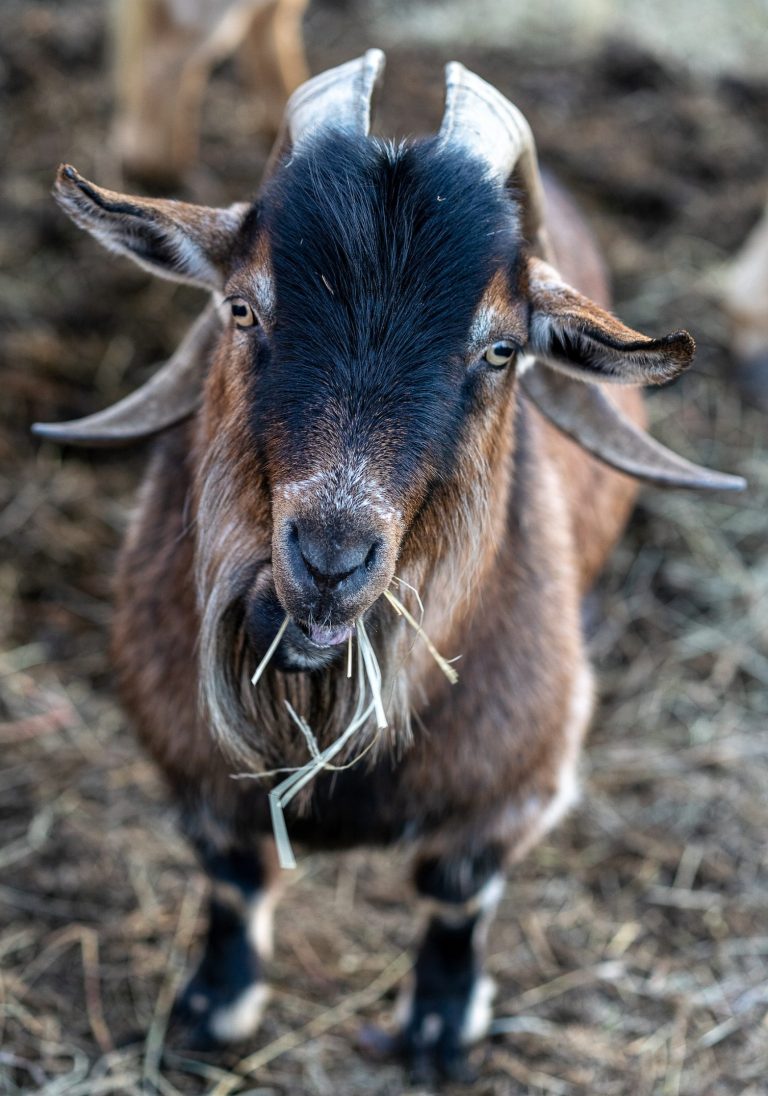
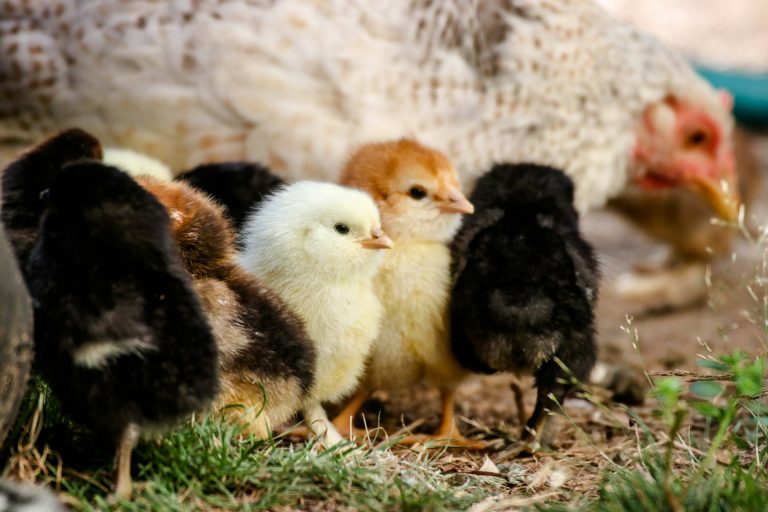
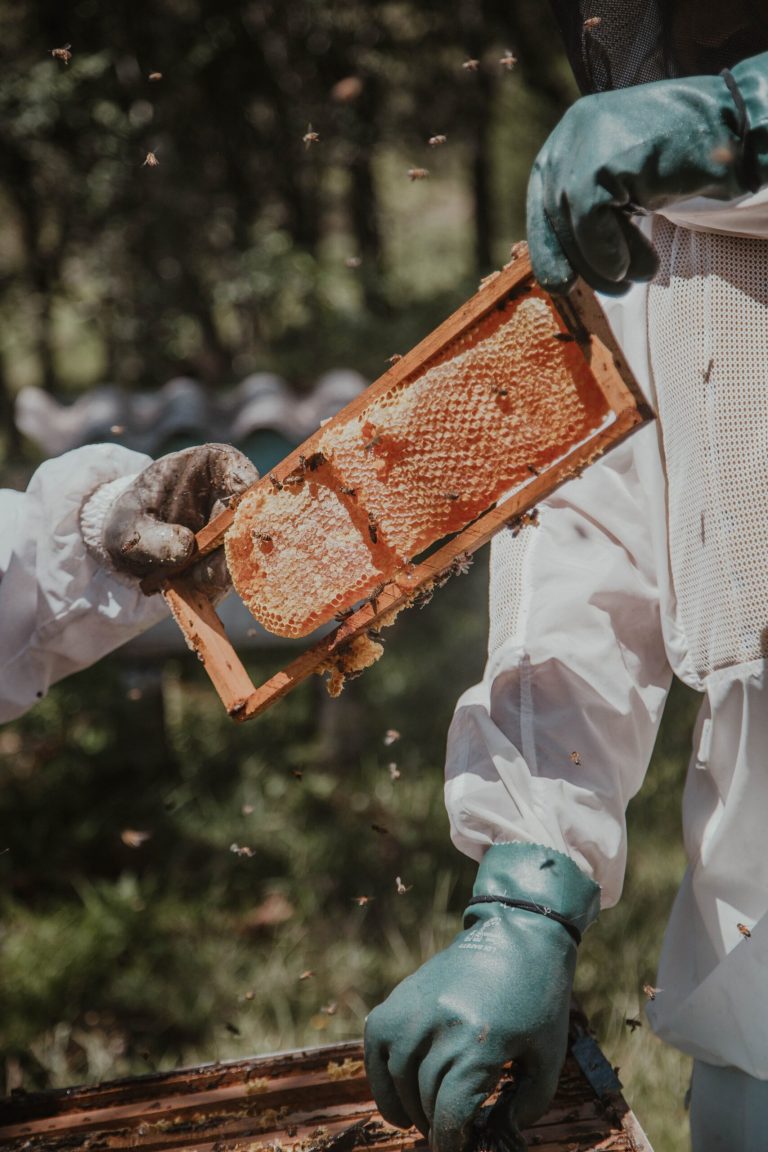
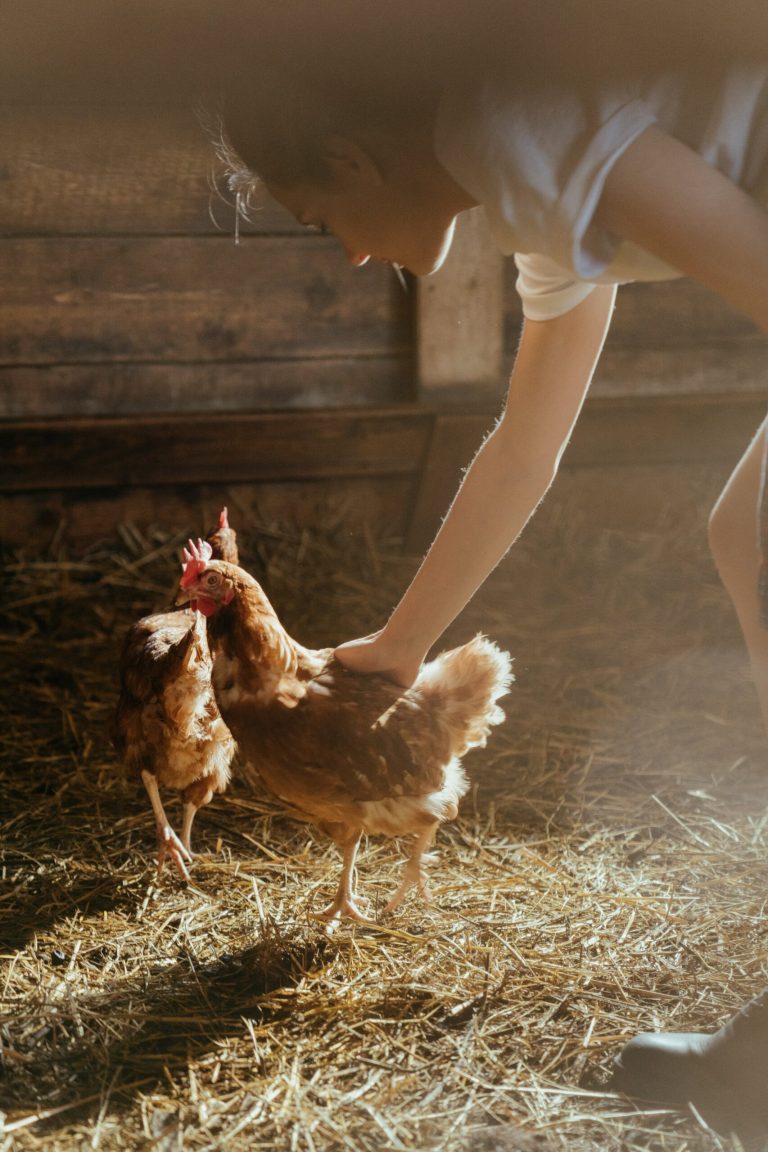
I’ll right away grab your rss feed as I can’t in finding your e-mail subscription link or e-newsletter service.
Do you have any? Kindly allow me know so that I may just subscribe.
Thanks.